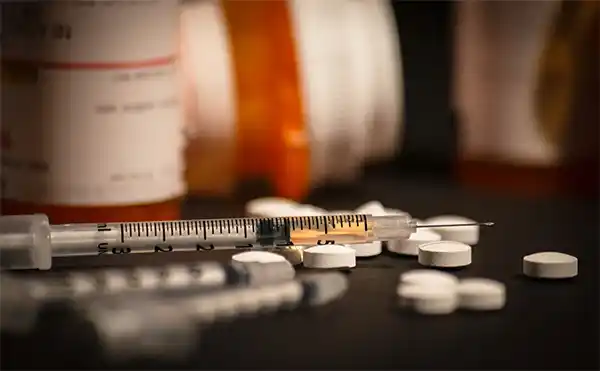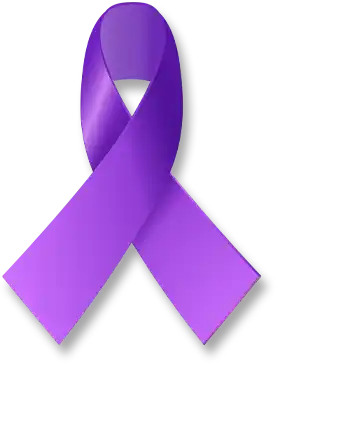A Global Call to Action
Every year, on August 31st, communities around the world come together to recognize International Overdose Awareness Day. This day is not just a commemoration but a call to action—a time to remember those lost to overdose, support the loved ones they leave behind, and raise awareness about the ongoing public health crisis that touches millions of lives. The significance of this day goes beyond remembrance; it’s about education, prevention, and breaking the stigma associated with drug-related deaths.
The Origins and Purpose of International Overdose Awareness Day
International Overdose Awareness Day was first observed in 2001 in Melbourne, Australia, initiated by the Salvation Army as a local response to the growing number of overdose deaths. The day quickly gained traction and has since evolved into a global movement, observed in countries around the world. The goal is to raise awareness of overdose, reduce the stigma of drug-related death, and acknowledge the grief of the friends and families left behind.
The day also serves as a platform for advocating for better drug policies, harm reduction strategies, and support systems for those struggling with substance use disorders. By shining a light on these issues, International Overdose Awareness Day aims to foster understanding and encourage action to prevent further tragedies.
Understanding Overdose: Causes, Risks, and Prevention
An overdose occurs when someone takes a toxic amount of a substance, whether it's a drug, alcohol, or a combination of both, overwhelming the body's ability to process it safely. This can lead to severe and often fatal reactions, including respiratory depression, cardiac arrest, and loss of consciousness. Overdose is not limited to illicit drugs; prescription medications, particularly opioids, benzodiazepines, and certain stimulants, can also pose significant risks.
 Common Causes and Risk Factors
Common Causes and Risk Factors
- Opioids: The most common substances involved in overdose deaths are opioids, including prescription painkillers like oxycodone and hydrocodone, as well as illegal drugs like heroin and fentanyl. These substances can depress the respiratory system, leading to fatal outcomes if not treated promptly.
- Poly-Substance Use: The use of multiple substances simultaneously increases the risk of overdose. For example, mixing opioids with alcohol or benzodiazepines amplifies their sedative effects, significantly raising the likelihood of a fatal overdose.
- Tolerance and Dependency: Individuals with a history of substance use may develop tolerance, requiring higher doses to achieve the same effects. However, periods of abstinence, such as after leaving a rehabilitation facility, can lower tolerance, making previous doses lethal.
- Mental Health Conditions: Those struggling with mental health issues, such as depression or anxiety, may be at a higher risk of substance use and overdose. Untreated mental health conditions can exacerbate substance dependency, creating a dangerous cycle.
Prevention and Harm Reduction Strategies
- Education and Awareness: Educating the public about the risks of substance use and how to recognize the signs of an overdose is crucial. Knowledge can empower individuals to make safer choices and respond effectively in emergencies.
- Access to Naloxone: Naloxone is a life-saving medication that can reverse the effects of an opioid overdose if administered in time. Making Naloxone widely available and training people on how to use it can save countless lives.
- Safe Consumption Spaces: In some parts of the world, safe consumption spaces (or supervised injection sites) have been established to provide a controlled environment where individuals can use substances under medical supervision, reducing the risk of overdose and offering a connection to treatment services.
- Support for Recovery: Access to comprehensive treatment and support services for those struggling with substance use disorders is essential. This includes counseling, medication-assisted treatment (MAT), and community support groups, all of which play a role in long-term recovery.
The Human Impact
Behind the statistics of overdose deaths are real people—sons, daughters, friends, and partners—each with a story that deserves to be told. International Overdose Awareness Day is a time to remember those we have lost, to honor their lives, and to acknowledge the pain and suffering that their families and communities endure.
The stigma surrounding substance use and overdose can often lead to isolation and shame for those left behind. By openly discussing these issues, International Overdose Awareness Day seeks to break down these barriers, providing a space for healing and solidarity. Memorial events, vigils, and campaigns held on this day offer a powerful reminder that no one is alone in their grief or their struggle.
How You Can Get Involved
International Overdose Awareness Day is not just for those directly affected by overdose; it’s a day for everyone to get involved. Here are some ways you can contribute to the cause:
- Attend a Local Event: Many communities host events such as candlelight vigils, educational workshops, and memorial services on August 31st. Participating in these events helps to raise awareness and support those affected by overdose.
- Spread the Word: Use social media to share information about International Overdose Awareness Day. Hashtags like #OverdoseAwareness and #EndOverdose can help amplify the message and reach a wider audience.
- Donate to Relevant Causes: Consider donating to organizations that provide harm reduction services, support for people with substance use disorders, or advocacy for better drug policies. Every contribution helps.
- Educate Yourself and Others: Take the time to learn about the signs of an overdose, how to use Naloxone, and what steps you can take to prevent overdose in your community. Sharing this knowledge with others can make a significant impact.
- Wear Purple: The color purple is associated with International Overdose Awareness Day. Wearing purple on August 31st is a simple yet visible way to show your support and raise awareness.
A Global Movement for Change
International Overdose Awareness Day has grown into a global movement, with events and campaigns held in dozens of countries. Each year, more people and organizations join the effort to reduce overdose deaths, support affected families, and advocate for policies that prioritize public health and harm reduction.
This day serves as a powerful reminder that overdose is a preventable tragedy, and with collective effort, we can make a difference. By continuing to raise awareness, challenge stigma, and promote compassionate approaches to substance use, we can work towards a future where fewer lives are lost to overdose.
International Overdose Awareness Day is more than just a day of remembrance; it’s an opportunity to turn awareness into action. By educating ourselves, supporting those affected, and advocating for change, we can help prevent future overdoses and create a safer, more compassionate world. Whether through small acts of kindness or large-scale advocacy, every effort counts. On August 31st, let’s come together to remember, reflect, and take action for a future free from the pain of overdose.
Please Share our Content






 Common Causes and Risk Factors
Common Causes and Risk Factors








 "Sláinte!" is a traditional Irish expression used as a toast, equivalent to "Cheers!" in English.
"Sláinte!" is a traditional Irish expression used as a toast, equivalent to "Cheers!" in English.